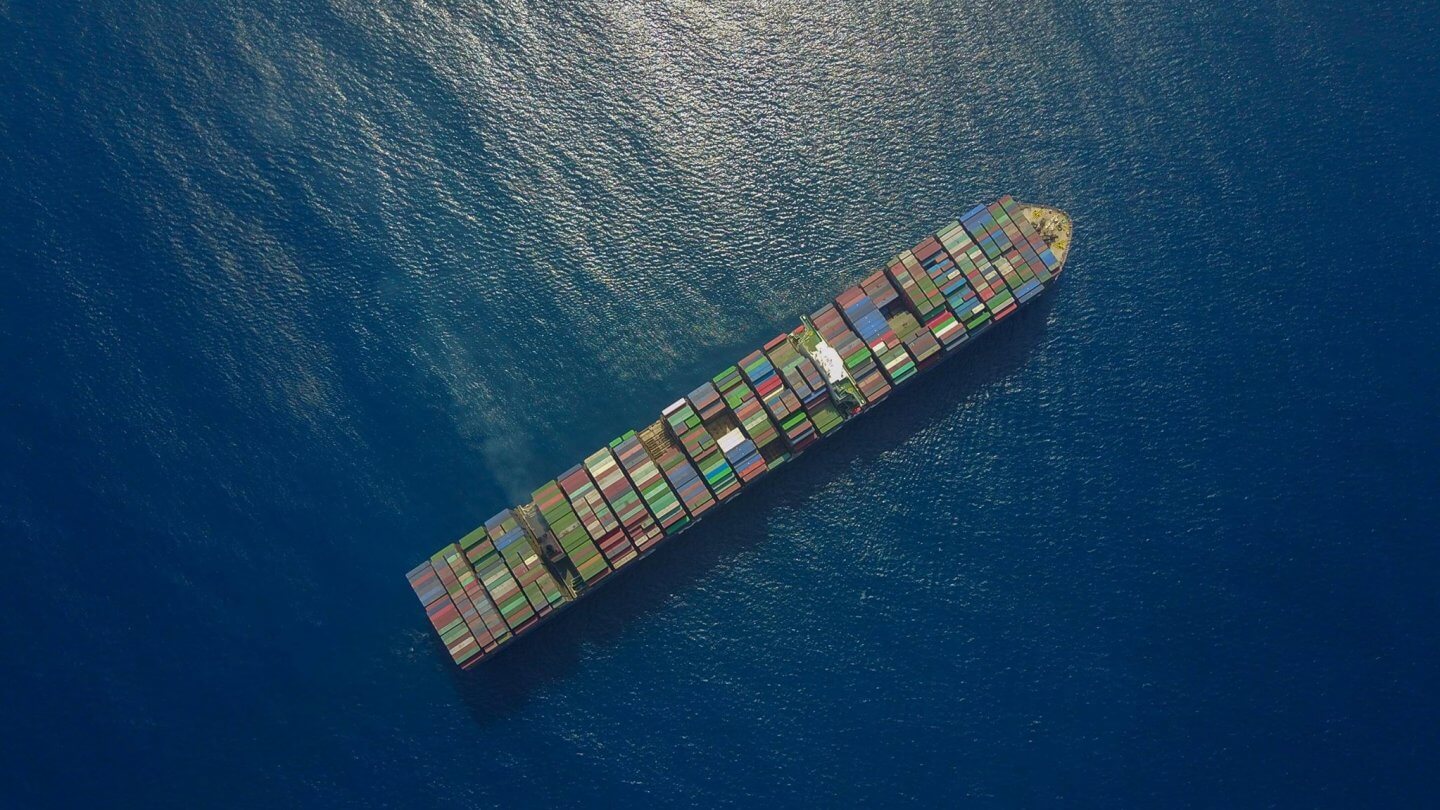All areas of trade today rely on supply chains, and logistics is, by its nature, a complicated business. In a digital age, that complexity can be reduced by allowing data interchange between all parties. That way, the right hand knows what the left hand is doing, or in straightforward terms, consignments’ details are passed up and down the supply chain in a process of mutual information sharing.
Interconnected systems are immensely powerful, enabling same-day delivery to consumers in some circumstances, even when using different supply chain partners for warehousing, distribution, last-mile, and so on. Revolution in the B2C arena has come into its own during 2020. Going into 2021, entire populations are having to rely on delivery networks for both vital supplies and their necessary luxuries.
For international shipping companies and ocean carriers, the last eighteen months have highlighted the essential nature of what they do in a world that thinks locally, but acts globally. Unfortunately, there is often a mismatch between both parties’ expectations and performance, and this reality is now seemingly baked into the way this part of the supply chain operates. Bookings and contracts are explicitly made with room for failure, and contracting practice reflects this — annual wastage levels are sky-high, container rates climb and plummet, and space allocations and volume commitments are ignored.
The data cloud: for shippers and carriers
In our last article, we looked at NYSHEX, a technology platform that perpetuates the concept of data interchange. EDIs are the basis of how NYSHEX (the New York Shipping Exchange) operates. It has established data “interfaces” with the six carriers with whom it works, and the same facility is extended to shippers. The information structure leaves NYSHEX itself as an objective overseer and enabler of complex shipper-carrier contracts.
The platform operates securely from the cloud — like many other business-oriented services today that rely on multiple parties collaborating. Each of the six ocean carriers (see here for a list of NYSHEX partners) is already connected to this central hub. It receives and publishes shipment milestone data, records bookings, and their details, and holds contract details. The platform is designed to be open, easily navigated, and at all points, to facilitate companies working together to get better outcomes and agreed settlements.
Like most cloud services (think Slack, Office 365, Dropbox, or Google Drive), it’s a single instance of software that works over a web browser. It’s protected 24/7, is always available and is highly secure. Unlike software applications from the 1990s (and some even later), there’s no installation required at any party’s premises, so no infrastructure or maintenance overheads.
Objective arbitration and resolution
The rules that govern all players in an agreement (NYSHEX only exists in a contract as a designated arbitrator or ombudsman) are continuously updated through a governance structure that NYSHEX members themselves control. Stakeholders, therefore, get input into the governance framework in which they work, but the final oversight comes from the Federal Maritime Commission.
The six carriers registered on NYSHEX operate standardized contract terms, so shippers can cut their negotiation process times significantly. Carriers subscribe to the same rules that govern the entire framework; their contract terms are standardized, so all companies can use NYSHEX for contracting, booking, and shipment execution information.
NYSHEX collects all container event messages in as close to real-time as possible, logging defaults and providing visibility into contract compliance by both sides of an agreement. Of course, accepted contracting practices remain to a certain extent, but performance reviews are undertaken, initially, by NYSHEX alone – this is according to its published and agreed rules. It logs MQC shortfall, rejected bookings, rolled cargo, equipment shortages, or any other discrepancies or potential points of contention. From there, and via fully-transparent means, it proposes and settles default penalties for shipper and carrier as deemed necessary.
If either party does not agree with a ruling by NYSHEX, it will arrange third-party arbitration for a further objective opinion.

Source: NYSHEX
Exchanging data, increasing goodwill
NYSHEX contracts often begin with templates the organization is happy to provide if required, with details agreed upon and saved centrally – both for future reference and as boilerplate materials ready for future business. Each contract provides a carrier with volume, origin, and destination data for each departure week. Carriers can better plan vessels by reducing overbooking rates and incurring less underutilization from unexpected downfalls.
The data is more reliable — and becoming increasingly so — because shippers and forwarders prioritize fulfilling NYSHEX contracts to avoid paying pre-agreed penalties. Conversely, carriers benefit from having a much larger proportion of predicted revenues set in contract, and therefore similarly reliable.
And speaking of reliable data, the NYSHEX platform gives all participants access to what’s commonly termed as “the new gold”: digital information. Instead of guesswork or planning future business on hearsay or a series of hunches (however well-grounded in experience), the empirical facts available to carriers and shippers let companies become proactive in their business strategizing.
Conclusion
Given the obvious advantages of the NYSHEX platform, it’s a small wonder that it is backed by household name carriers and shippers and staffed by industry figures representing many decades of experience in the industry. While technology as of itself is never a disruptor, the way it is leveraged can be highly disruptive, and in the case of NYSHEX, this area of supply chain and logistics looks set for sea change.
To learn more, visit the NYSHEX website, and contact the organization for details on how you can participate.









